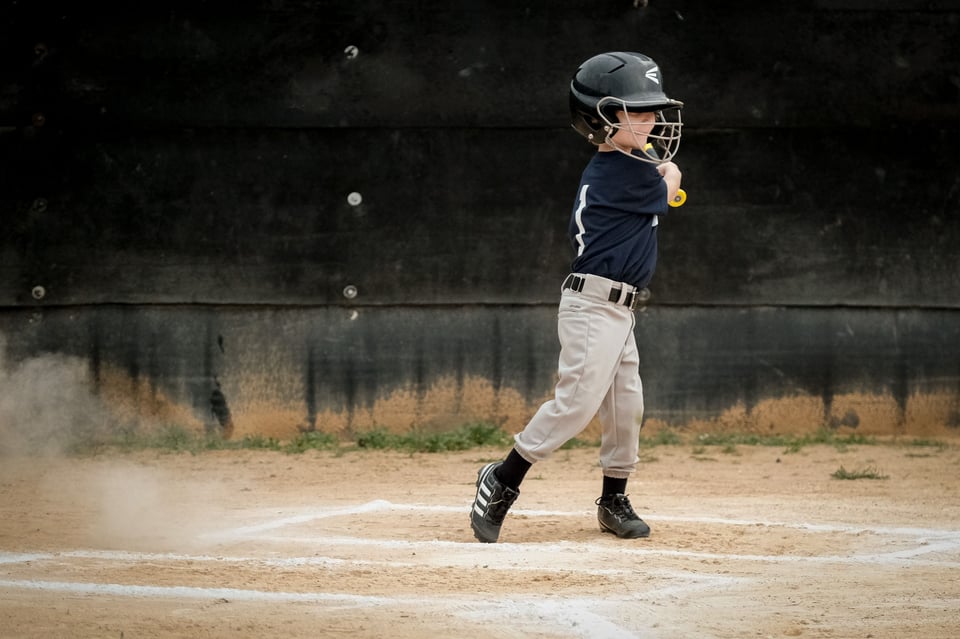There are many subjects like water and clouds that can look interesting with a long exposure. But when there’s such an abundance of light during the day, you simply can’t use shutter speeds of multiple seconds without overexposing the photo, no matter what ISO or aperture you use.
How to Take Better Photographs Outdoors
تقليص
X
-
If a low ISO value and a narrow aperture aren’t enough to get the shutter speed you want, the solution is to use a neutral density filter.
A Neutral Density (ND) filter reduces the amount of light entering the camera – like sunglasses for your lens. ND filters come in different densities so that you can control their light blocking ability. A 3-stop ND filter, for example, would let you use a shutter speed of 1/30th of a second when your scene would otherwise require 1/250th.
My personal favorite (and most used) ND filter is a 10 stop, which can take your shutter speed from 1/1000 on a sunny day all the way down to 1 second, perfect for smoothing out water. And at sunset when the light is lower, it can easily give me exposures of a minute or more, perfect for a cloud-streaked sky. Make sure you are using a tripod on a nice solid surface when photographing long exposures, as even a small amount of camera movement will make for blurry images.
The other use of an ND filter for photography is when you want a wider aperture than the light would otherwise allow. It’s a bit of a special case, but in extremely bright situations like the beach on a sunny day, your camera may max out its shutter speed (usually 1/4000 or 1/8000 second) and make it impossible to use wide apertures without overexposing. The solution is a mild ND filter like a 3-stop to cut down the light a bit.
تعليق
-
Photographing moving subjects outdoors seems like it should be simple. After all, you generally have enough light for fast shutter speeds. But anyone who has photographed fact moving action, pets, or children knows that getting sharp images is trickier than it first appears. In particular, focusing on the subject can be a big challenge
تعليق
-
Solution: Watch your meter and use continuous autofocus
Although there is usually a lot of light when you’re photographing outdoors, action photography tends to require very fast shutter speeds of 1/500 to 1/1000 second if you want to avoid motion blur. This may be fine if your subject is in bright sunlight, but even on a cloudy day, it may not be enough.
So, make sure to watch the camera’s meter to see if it’s suggesting too slow of a shutter speed. If so, don’t be afraid to bump up your ISO even in daylight. For the image below, I boosted my ISO to 2500 even though this is an outdoor photo during the daytime, so that I could keep my shutter speed to 1/640 second. Considering how fast my subject was moving, this was the only way to get a sharp image.

تعليق
-
Other times, the culprit behind blurry photos is your focus mode rather than your shutter speed. When photographing action, you should make sure that your camera is set to continuous autofocus. Continuous autofocus (also called Al Servo on Canon cameras, and Continuous Servo or AF-C on Nikon) tells the camera to keep focusing on the subject constantly rather than just once.
If you mistakenly set your camera to single-shot focus, it will focus on the subject once and stay there permanently, even if your subject starts to move. While there’s nothing wrong with single-shot focus for stationary subjects, it will lead to out-of-focus images when you’re trying to capture moving subjects.
تعليق
-
Conclusion
Photographing outdoors is all about learning how to control the existing, and often abundant, natural light. While this does generally make things easier than low-light photography indoors, it still comes with its own list of challenges. I hope this article gave you a good idea of how to troubleshoot some of those common problems.
Feel free to share in the comments if you have any questions about outdoor photography, things that you find challenging, or your favorite outdoor subjects!
تعليق



تعليق